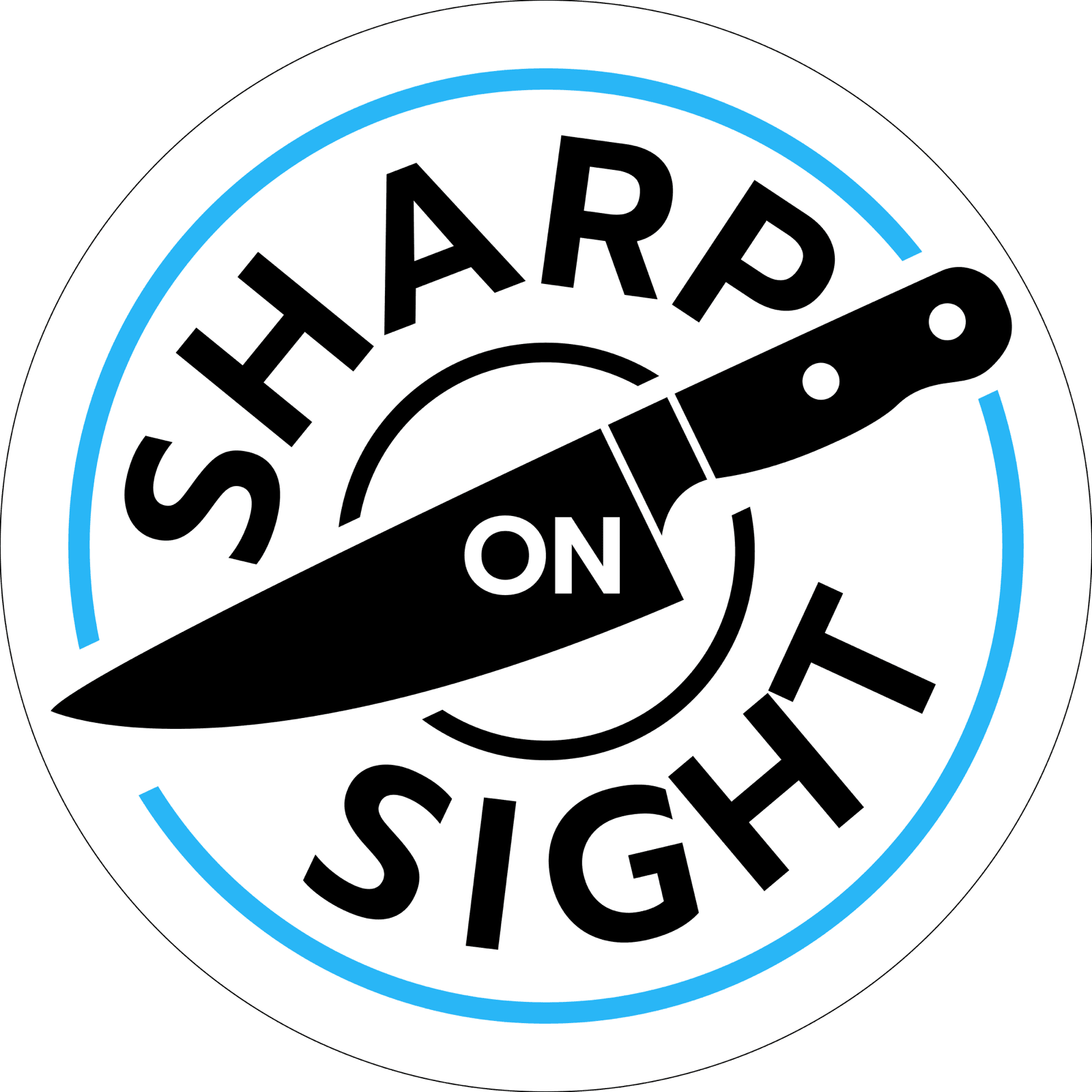Unveiling the Secret to Razor-Sharp Blades: Are Rolling Knife Sharpeners the Ultimate Tool for Your Kitchen Arsenal

In the vast world of culinary tools, the importance of a sharp knife cannot be overstated. A well-honed blade is not just a pleasure to use; it's a necessity for safety and efficiency in the kitchen. The quest for the perfect edge has led to a proliferation of sharpening tools, among which rolling knife sharpeners have carved out their niche. However, when scrutinized against the backdrop of other sharpening methods, do rolling knife sharpeners truly hold their edge, or do they fall blunt in comparison? Are rolling knife sharpeners good? This exploration aims to shed light on why rolling knife sharpeners, despite their convenience, may not be the pinnacle of sharpening technology they are often made out to be.
Understanding Rolling Knife Sharpeners
Before diving into the critique, it's essential to understand what rolling knife sharpeners are. These devices, often compact and user-friendly, employ a set of abrasive wheels or rollers that sharpen the knife's edge as it is drawn through. The appeal is obvious: simplicity and speed. With just a few swipes, a dull blade seemingly regains its sharpness, ready to slice through another day’s worth of culinary challenges. Yet, this simplicity belies a number of underlying issues that merit consideration.
The Drawbacks of Rolling Knife Sharpeners
1. Inconsistent Angles
One of the fundamental aspects of knife sharpening is maintaining a consistent angle between the blade and the sharpener. This precision is crucial for achieving a uniformly sharp edge along the entire length of the knife. Rolling sharpeners, by their design, struggle to offer this consistency. The manual drawing of the knife through the rollers can lead to variations in angle, potentially resulting in an uneven edge. This contrasts sharply with more traditional methods, such as whetstones or guided sharpening systems, which allow for greater control over the sharpening angle.
2. Aggressive Material Removal
The efficiency of rolling sharpeners comes at a cost. The abrasive action, while quick, can be overly aggressive, removing more material from the knife than necessary. Over time, this can lead to a reduction in the blade's lifespan, as each sharpening session wears away more steel than a gentler method would. Whetstones, in comparison, offer a range of grits that can be used to precisely control the amount of material being removed, extending the life of the knife.
3. Limited Versatility
Kitchen knives come in a variety of shapes, sizes, and types, each with its own specific edge geometry. Rolling sharpeners, with their one-size-fits-all approach, cannot accommodate this diversity effectively. They may work reasonably well for a standard chef's knife but fall short when faced with serrated blades, Japanese knives, or other specialized tools. This limitation starkly contrasts with more adaptable sharpening methods, such as whetstones or adjustable angle sharpeners, which can cater to a wide range of knives.
4. Potential for Damage
The design of some rolling sharpeners can inadvertently cause damage to knives. For example, if the sharpener's rollers are not aligned perfectly or if the device is used improperly, it can lead to uneven wear or even nicks and gouges in the blade. Such damage not only affects the knife's performance but also its aesthetics. In contrast, more controlled sharpening methods, like using a sharpening stone, minimize the risk of damage when used correctly.
5. Quality of Sharpness
Perhaps the most crucial argument against rolling sharpeners is the quality of the edge they produce. While these devices can make a knife feel sharper, the edge is often not as finely honed as it could be. A truly sharp knife has a fine, polished edge that slides through food with minimal resistance. Achieving this level of sharpness typically requires the gradual use of finer and finer abrasives, a process that rolling sharpeners cannot replicate. As a result, the sharpness attained is often short-lived and inferior to that achieved through more meticulous methods.
Alternatives Worth Considering
Given the limitations of rolling knife sharpeners, it's worth exploring other options. Whetstones, for instance, offer unparalleled control and versatility, allowing for a customized sharpening experience that can cater to any knife. Guided sharpening systems, though more expensive, provide a foolproof way to maintain consistent angles and achieve professional-quality edges. Even manual or electric sharpeners designed with adjustable angles or specific slots for different knives offer a better balance of convenience and effectiveness.
Conclusion
While rolling knife sharpeners may present an appealing quick fix, their shortcomings are hard to overlook for anyone serious about maintaining their culinary tools. The inconsistencies in angle, aggressive material removal, limited versatility, potential for damage, and ultimately, the inferior quality of sharpness they produce, make them a less than ideal choice. As we delve deeper into the art and science of knife sharpening, it becomes clear that methods offering greater control and precision—though requiring more time and practice—are far superior. Investing in a good quality whetstone or a guided sharpening system not only ensures a sharper knife but also fosters a deeper understanding and appreciation for the craft of knife maintenance. In the end, the pursuit of the perfect edge is a journey that rewards patience, precision, and respect for the tools that make our culinary adventures possible.
Message Sharp On Sight | Local Sharpening Pros
Ready for Razor-Sharp Precision?
Whether you're looking for a quote or just have a question, I'm here to help. Reach out, and let's bring those edges back to life.
